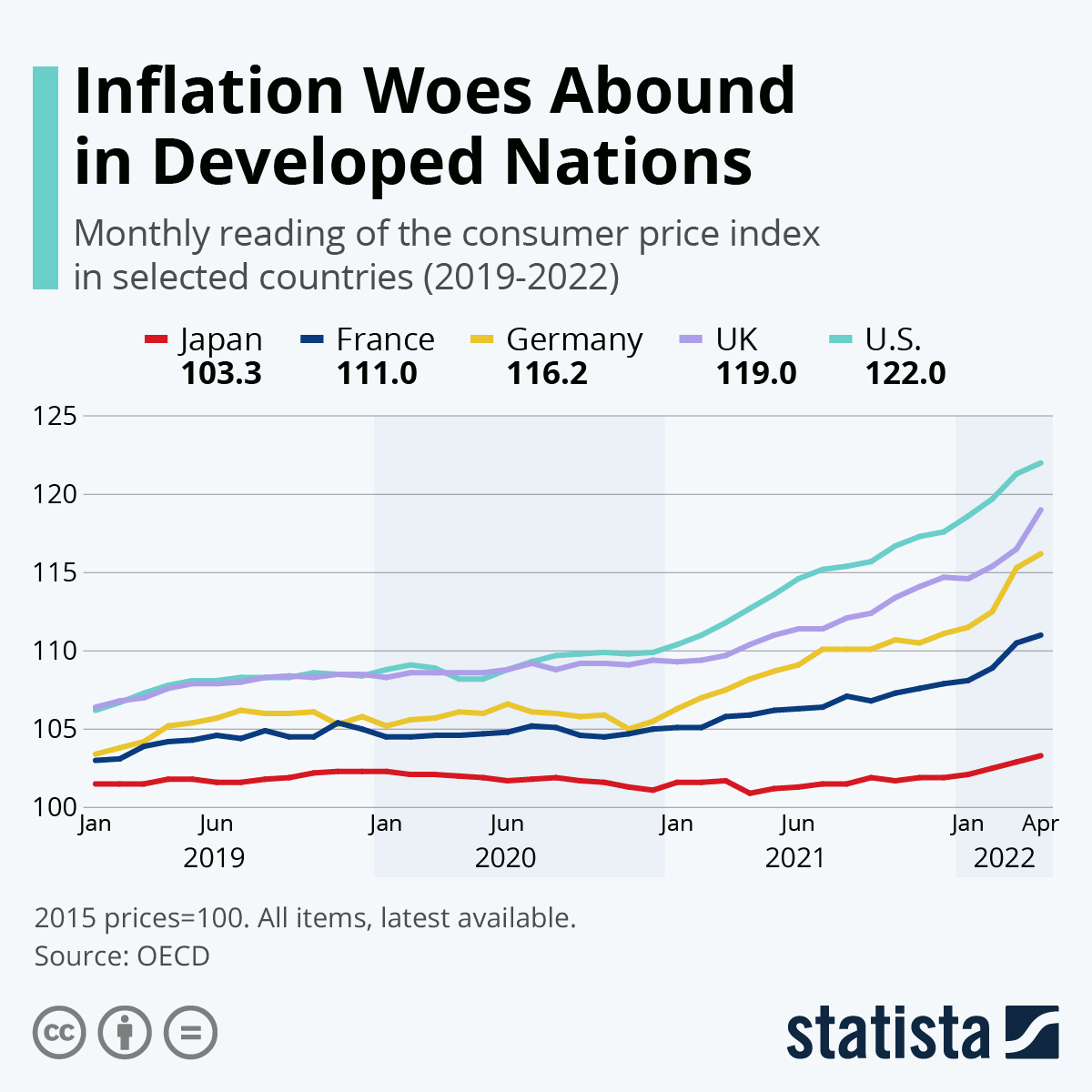Strong economic recovery following the lockdown era of the coronavirus pandemic has caused the price of goods and services to rise since the start of 2021 in many developed nations. Consumers catching up on spending coupled with persistent stock problems have created a climate of scarcity as pandemic effects continue to influence the global supply chain.
In September, the Harmonised Consumer Price Index published monthly by Eurostat rose by 3.6 percent year-on-year in the European Union and by 6.2 percent in the United States. Within Europe, some countries like Germany experienced above-average inflation, while in France and Spain, for example, it remained below the European Union figure.
In July, Fed chairman Jerome Powell argued that the stronger average inflation in the United States was dragged up by only a few items, like the price of used cars and trucks, which has been rising at an astonishingly quick rate. More strong price increases were registered for gasoline, but the product also experienced some of the biggest price fluctuations in the pandemic.
Price increases for bread, milk, fresh vegetables, rice, cereal and pasta did in fact remain below the Fed’s goal of 2 percent year-over-year, according to the Bureau of Labor Statistics’ own CPI calculations that are a little more positive than Eurostat’s. Meats, eggs, fruit and oils, however, blew past the 2 percent goal in the BLS calculation, at times by a long shot. In addition, lodging away from home, furniture and televisions also experienced price increases above 10 percent year-over-year.
source statista
You will find more infographics at Statista
Ask me anything
Explore related questions






